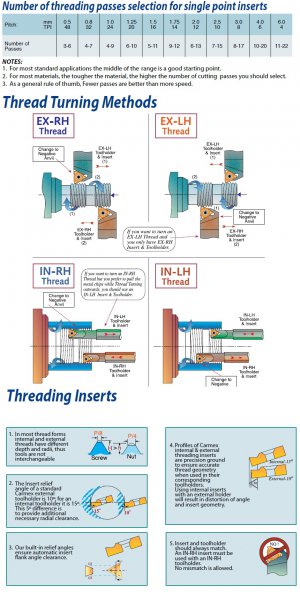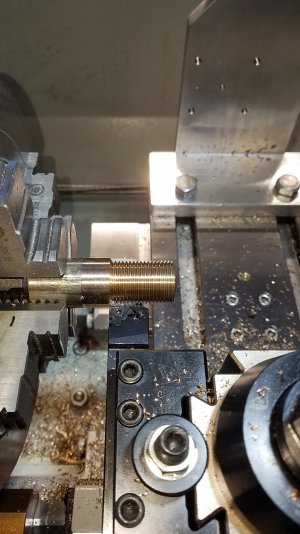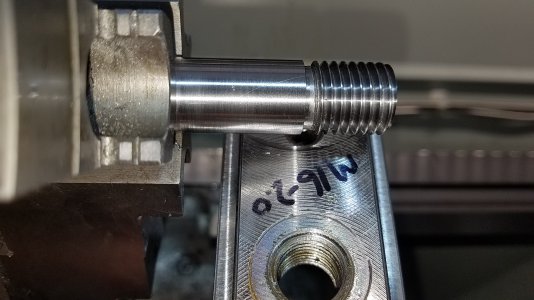I recently went through the same thing. After much looking I felt like there was a fair amount of evidence that an internal left insert is the same as an external right insert. I bought the internal left and internal right threading tools as well as the external right and external left. I purchased some internal right and external right inserts. I have used internal right inserts in a lefthand external tool upside down to cut a right hand external thread away from the chuck. I used the same method to make a plug gauge. I then threaded internally as you suggest( in reverse, tool upright, cutting the far side of bore, feeding away from the chuck) with the external right insert in the internal left tool. All of my threads seem to be great. I can't find anything wrong with them. I used these methods to produce a 1/2 20 external thread finding my desired over the wires number with the machinery handbook 23. I then purchased a nut and tested the fit. All was well. These experiences suggest to me that I am getting away with what you're contemplating. I might be cutting a misshapen thread, but they seem to fit commercial stuff when cut to a class 2 with the inserts and methods mentioned. I would love to hear from an authority. I couldn't find mention of any IL inserts most places I looked either. I also use the threading tool to find my over the wires number and set my handwheel to zero when threading away from the chuck externally. I just use the threading insert to make my undercut and measure with one or two wires. When I am at the proper number I set the cross slide to zero and know how deep to go. I read up on these methods, but my confidence in trying them came from watching it in action thanks to Joe Pie. All of my measuring methods and threading tricks come from him. I just took a leap on the bangood threading tools and the insert guess. Good luck and keep us posted




